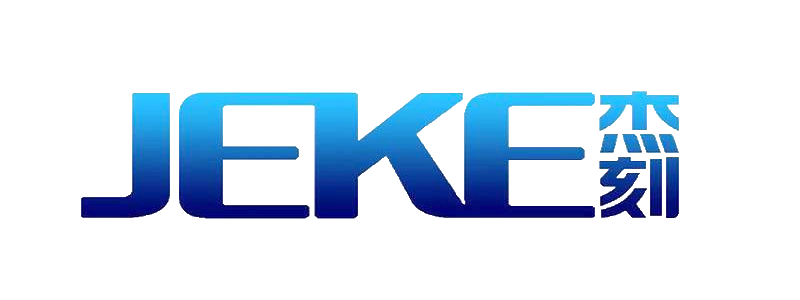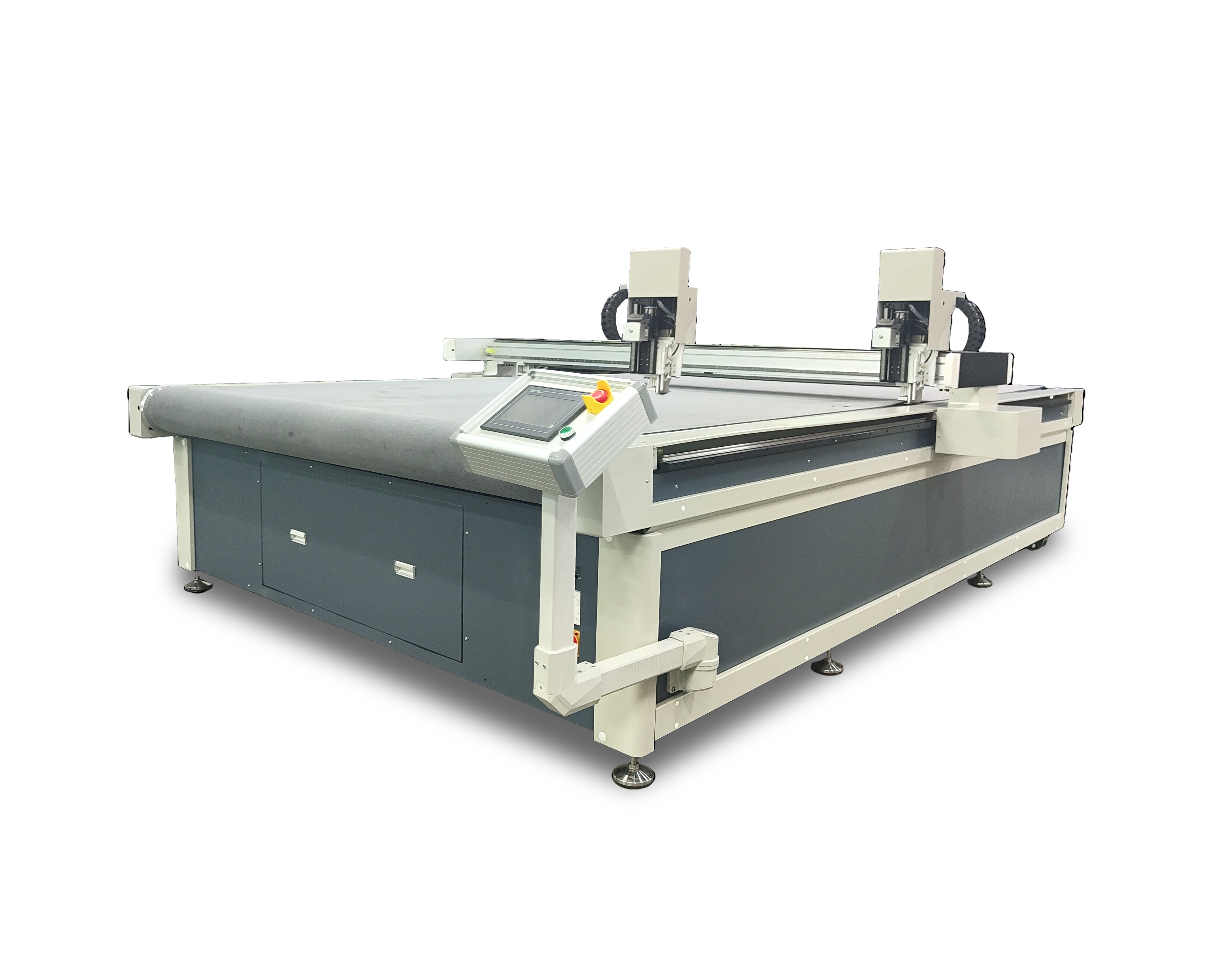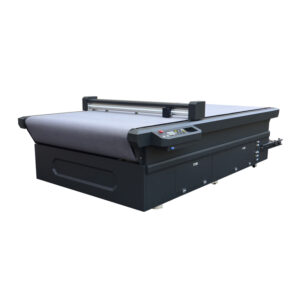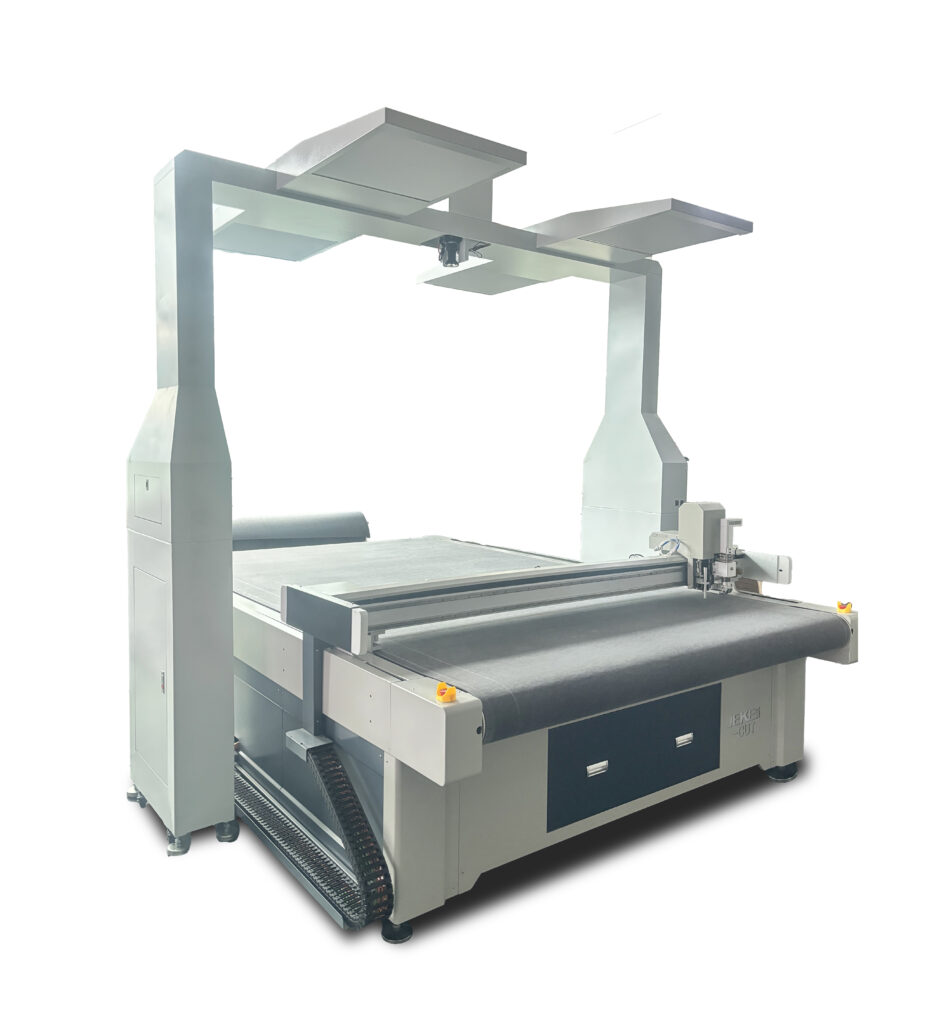1. The Turning Point in Modern Manufacturing
In the past few years, we’ve noticed a common concern among manufacturing business owners:
“Orders are getting smaller, deadlines are getting tighter, and labor is getting more expensive.”
Relying solely on manual cutting and operator experience used to be enough.
But today, competition is faster and more data-driven.
Shorter production cycles and stricter quality standards mean machines—not manpower—determine efficiency.
That’s why CNC cutting machines are once again in the spotlight.
Not because they’re new, but because they represent a more stable, more efficient, and smarter way of production.
2. Real Stories Behind the Trend
Last year, one of our clients ran a small signage workshop.
He told us, “We’ve been cutting manually for years—it’s flexible and cheap.”
By the end of the year, he landed a big project.
But with manual cutting, the delivery deadline was impossible. He outsourced part of the job, and most of the profit disappeared.
A few months later, he decided to buy a mid-size CNC cutting machine.
During the first two weeks, his team was still learning to use it. We helped them tune the parameters until late at night.
Once things stabilized, he laughed and said:
“This machine is like having two extra workers—except it never gets tired.”
Stories like his are becoming common.
More and more small factories are moving from “hesitant observation” to “hands-on adoption”, realizing that CNC technology is no longer optional—it’s essential for competitiveness.
3. Why the CNC Cutting Machine Market Keeps Growing
1️⃣ Automation is No Longer Optional
According to multiple industry associations, small and medium manufacturers have increased automation equipment purchases by over 15% annually in the past five years.
The message is clear: anything that replaces labor will become a necessity.
Whether you’re cutting metal sheets, acrylic panels, or wood boards, CNC cutting machines remain the preferred choice for precision and productivity.
2️⃣ Precision + Flexibility = Competitive Advantage
Traditional cutting methods can’t balance speed and accuracy.
A CNC router, however, allows parameter adjustments based on materials and shapes—perfect for custom or short-run production.
That’s why flexible manufacturing is the new normal.
3️⃣ From Experience to Digital Control
In the past, cutting relied on the operator’s experience.
Now, digital control systems like Syntec, Mach3, and DSP make setup faster and training easier.
That means lower labor costs, more consistent quality, and scalable production.
4. Three Growth Directions for the Next Five Years
(1) Intelligent Automation
CNC machines will integrate with AI algorithms and IoT monitoring systems for auto-calibration, real-time diagnostics, and remote maintenance.
Less downtime, higher uptime—that’s the core of smart manufacturing.
(2) Industry Specialization
From furniture to advertising, automotive parts, and new energy components, CNC equipment is evolving toward industry-specific solutions.
Customization is where future competition happens.
(3) Global Expansion
As manufacturing shifts to Southeast Asia, the Middle East, and South America, the demand for reliable and cost-effective CNC cutting machines is growing fast.
For Chinese and Asian manufacturers, this is a strong opportunity to go global.
5. How to Make CNC Investment Truly Profitable
-
Don’t just compare prices—compare configurations and after-sales service.
A cheaper machine can cost more in maintenance later. -
Choose the right model for your industry.
A CNC router for signage is very different from one for metal fabrication. -
Invest in training and parameter optimization.
Many production issues aren’t machine faults—they’re setup issues. -
Think long-term: system compatibility and upgrade potential.
The next generation of CNC equipment will be connected and intelligent—plan for it now.
6. The Bigger Picture: Machines Change, But Purpose Doesn’t
The rise of CNC cutting machines isn’t just a story of technology—it’s a shift in mindset.
Factories are moving from “people following machines” to “machines assisting people.”
Buying a CNC cutting machine is not an expense; it’s an investment in capability—
an investment in consistency, scalability, and control.
If you’re considering upgrading your production line, start by asking yourself:
What do I really want to save, and what do I want to improve?
Once you know the answer, choosing the right CNC machine becomes easy.
📩 Call to Action
Looking for the right CNC solution for your industry?
Contact us today for a free consultation and sample cutting test.
Let’s make your production line faster, smarter, and more profitable.





